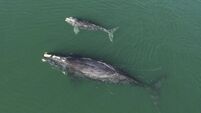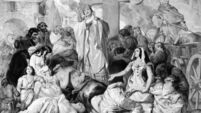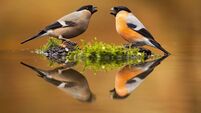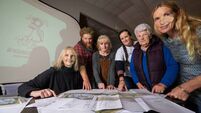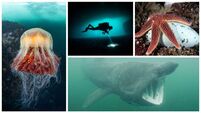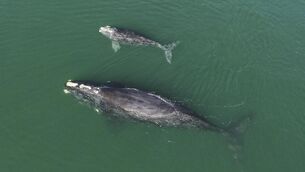Richard Collins: Crows aren't fools, some make and use tools while others judge us

A New Caledonian crow, a type of crow that makes tools to reach food.
During an experiment three years ago, 26 dogs were shown photographs of people in various emotional states. The animals’ heart rates were measured and their responses to the pictures monitored. The results led scientists to conclude that dogs, uniquely among animals, are able to ’read’ the expressions on their owners’ faces and interpret human body language.
That dogs are capable of such responses was surprising but they, like us, are mammals. That birds might also be able ‘to think’ was deemed impossible; a mere bird could never be ‘one of us’. In recent years, however, the myth of the ‘bird-brain’ has taken a hammering.
At least some of our feathered friends are much brainier than was thought. Now another behavioural milestone has been passed; research just published suggests that some birds are capable of value judgments, an ability of which only members of our exclusive human club were thought to be capable.
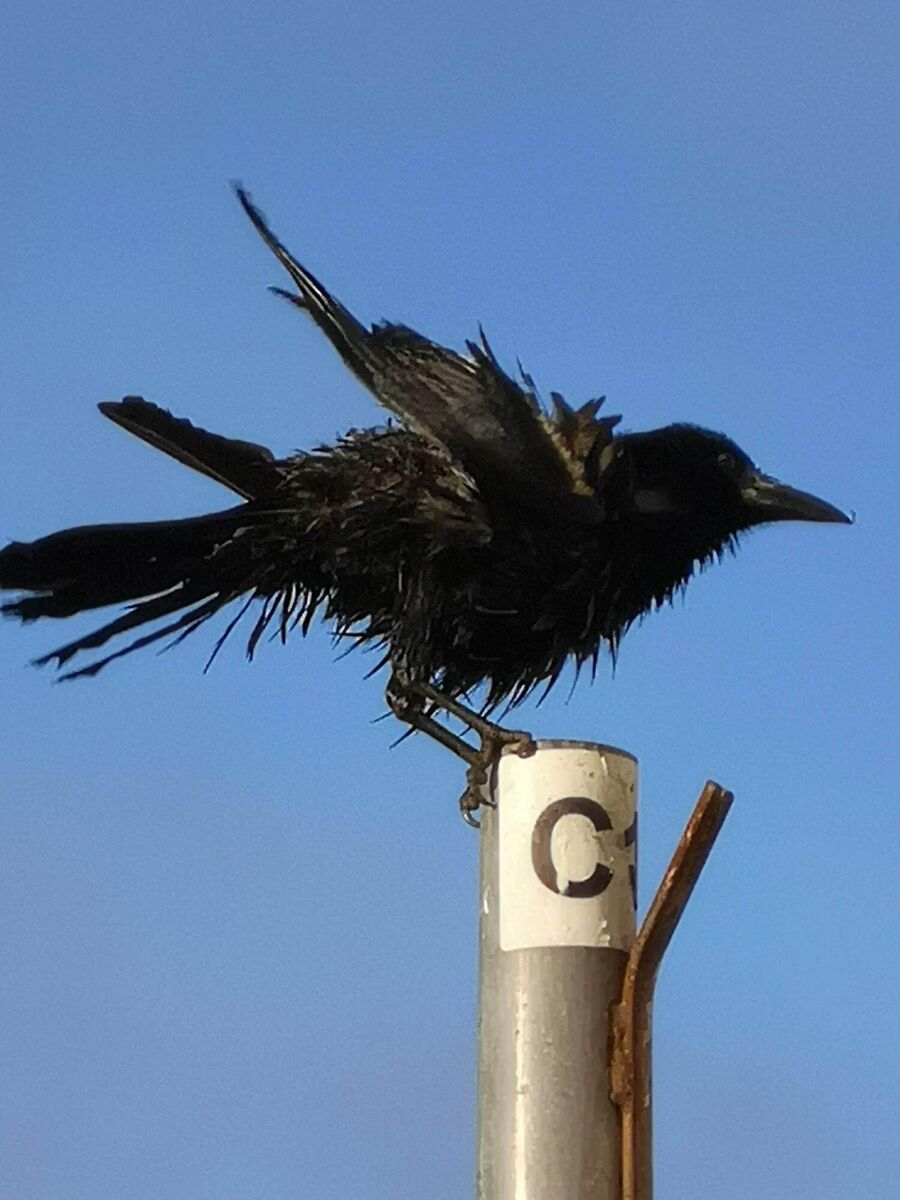
Crows came to the attention of zoologists when some remarkably sophisticated behaviour was noticed. Jays, for example, perform extraordinary feats of memory when burying thousands of seeds in summer and retrieving them in winter. Hooded crows carry nuts and mollusks aloft. Then they drop them onto hard surfaces to crack the shells open.
Carrion crows in Japan go even further. They drop the nuts onto busy roads where they are crushed under the wheels of cars. Retrieving the food fragments, without being run over, was a problem, but the crows soon solved it. They drop the nuts at traffic light-controlled pedestrian crossings and wait for the lights to change before venturing out. Crows, clearly, are highly inventive, but which of the 118 species worldwide is the Einstein of the bird world?
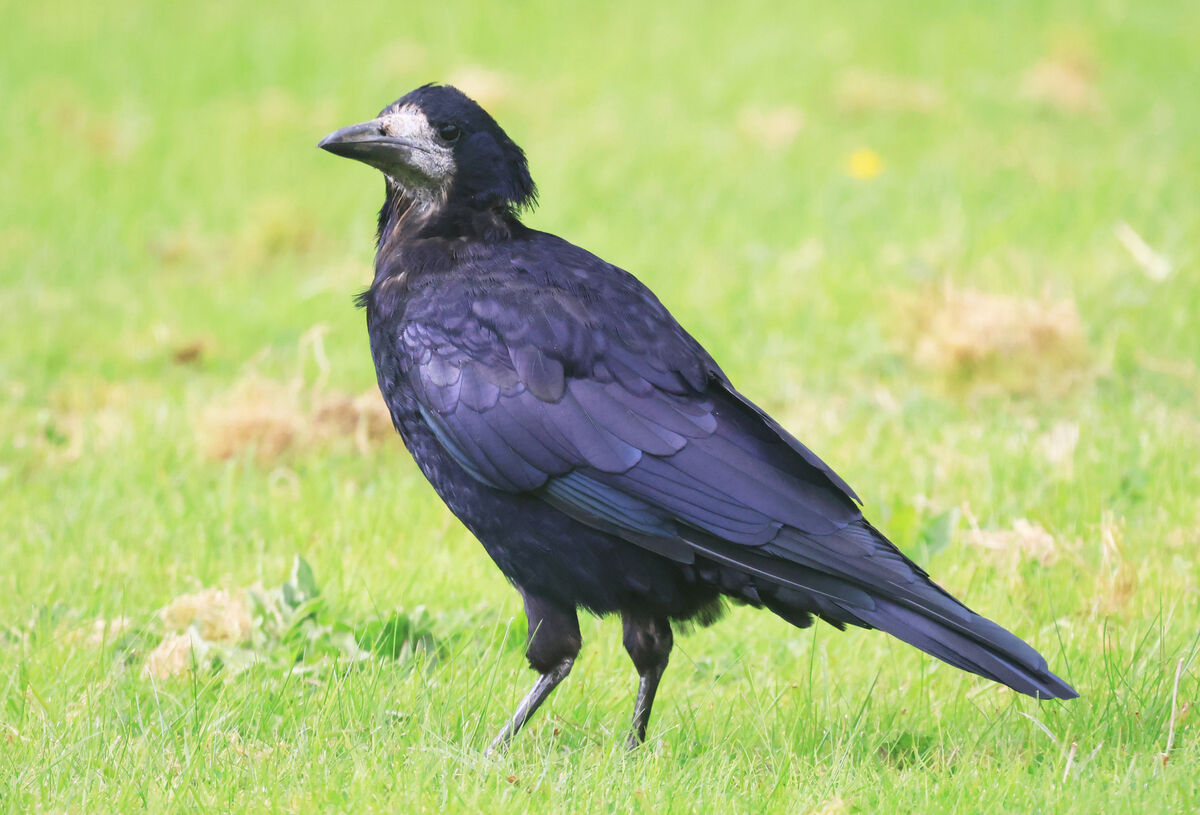
New Caledonia, a group of islands in the Pacific Ocean 1,200km east of Australia, has one of the richest bio-diversities in the world. Of more than a hundred bird species found there, 24 are endemic. The most famous resident is a crow which fashions sticks to prise food items from holes and from under tree-bark. Experiments, during the 1970s, showed that captive New Caledonian crows could deploy up to three tools in succession to reach and rake in food.
The most useful tools have hooked ends, rendering them much more effective in securing food than ‘normal’ ones. To construct such a tool, a crow must select a stalk of the right size from particular plant species and shape one end into a hook.
Scientists at St Andrews University showed that New Caledonian crows protect their tools from theft when not in use; they hide them in holes or under tree bark. When eating, a crow holds the tool underfoot so as not to drop it.
Now researchers from St Andrews and the Max Planck Institute have made a further discovery. Crows, they found, don’t treat all their tools with equal respect. Recent test results ‘suggest that crows ‘value’ hooked tools, which are both costlier to procure and more efficient to use, more than non-hook stick tools’ say the authors in a paper just published.
Corvids have much to crow about!
- Barbara Klump et al. New Caledonian crows keep ‘special’ hooked tools extra safer than basic non-hooked tools. eLife. 2021.




